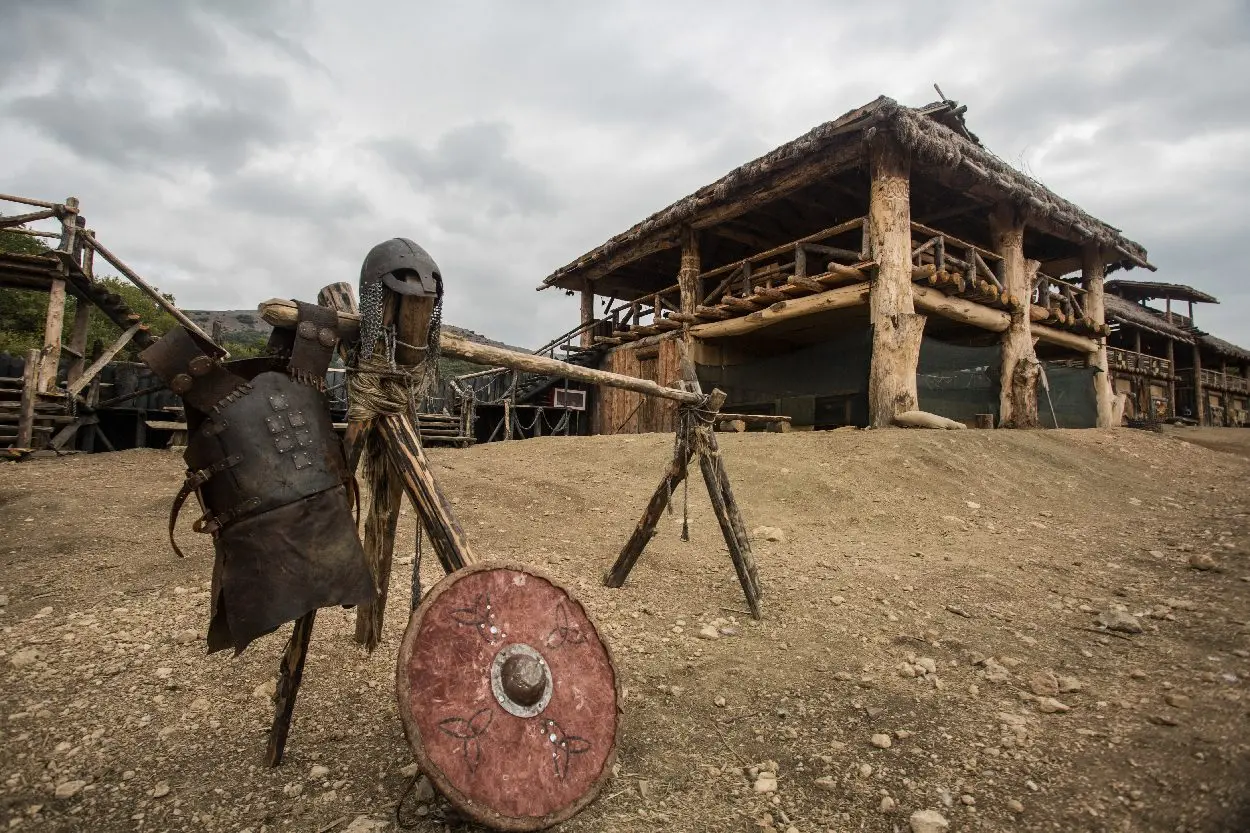Dr Wojciech Filipowiak, a Polish archaeologist with the archaeology and ethnology section of Poland’s Academy of Sciences, working with the support of the city of Wolin and the Wolin Archaeology Museum, suggests that he may have found the lost Viking settlement of Jomsborg near the island of Wolin in the Baltic Sea.
Jomsborg was a semi-legendary Viking stronghold whose inhabitants were known as Jomsvikings, purportedly an order of Viking mercenaries that appears in some of the Icelandic sagas from the 12th and 13th centuries.
According to the Knytlingasaga and Fagrskinna sagas, Jomsborg was built by the Danish king, Harold Bluetooth during the 960s, while the Heimskringla saga, describes how Jomsborg was destroyed in 1043 by Dano-Norwegian king Magnus the Good.
Jomsborg’s exact location, or its existence, has long been the subject of debate, though it is often maintained that Jomsborg was located on the eastern outlet of the Oder River.
Nazi archaeologists searched for evidence of Viking remains until the outbreak of WW2, hoping to find proof of what they believed would support their fantasy of the superiority of the Nordic race and its dominance over local Slavic peoples.
Recent excavations in an area known as Hangmen’s Hill (where public executions were carried out between the 8th and 17th centuries), have led to the discovery of various burials and the charred traces of wooden structures, which the researcher states are the traces of a burnt rampart from the 10th century.
According to Dr Filipowiak, the ramparts indicate the location of the Jomsborg stronghold, which is supported with the discovery of a wooden pier that would have served a trading post during the Viking era.
The findings are yet inconclusive, but the locality to Wolin and the supporting evidence does suggest a possible fortified settlement. Whether this is Jomsborg is yet to be determined, however, Dr Filipowiak told the New York Times: “The debate over Jomsborg’s location — or if it really existed — has been a very long discussion. Hopefully, I can help end it.””
Header Image Credit : Shutterstock





